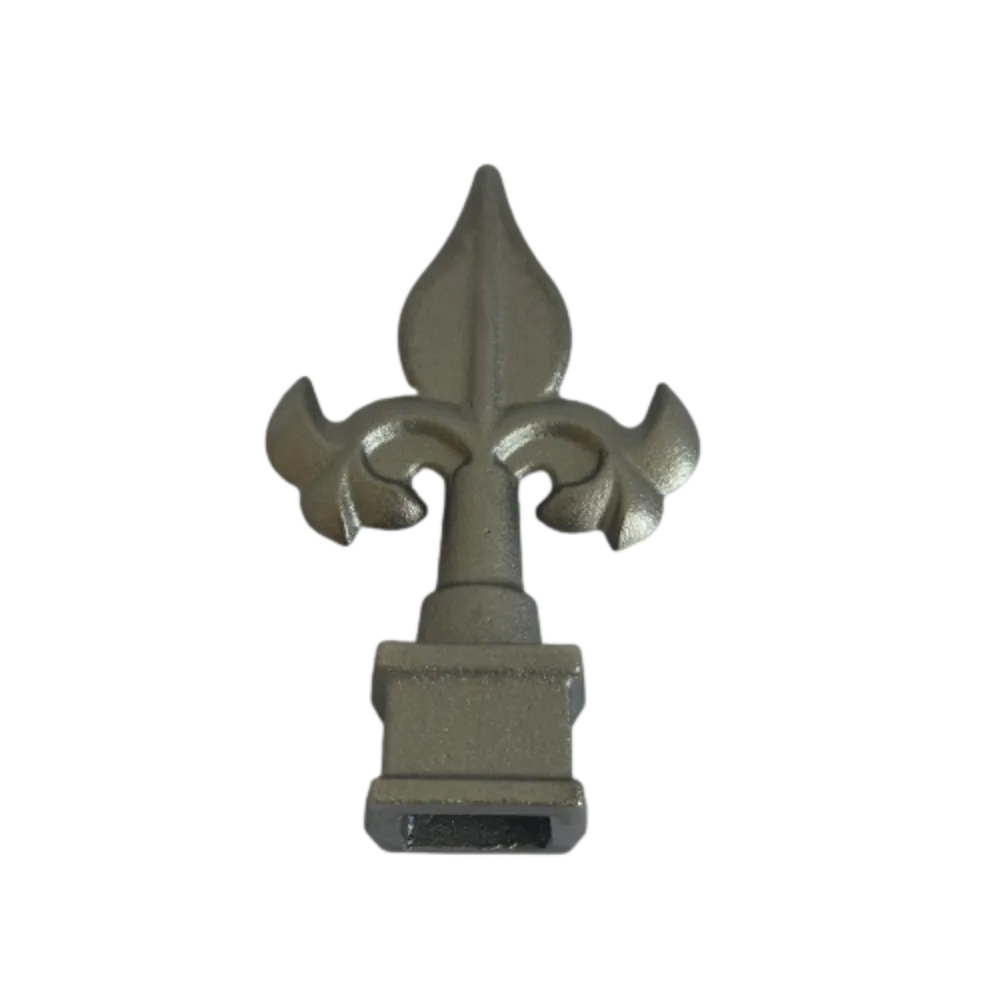iron ornamental
The Elegance and Strength of Iron Ornamental Designs
Iron ornamental designs have a unique charm that combines both strength and artistic expression. As a material, iron boasts unparalleled durability, making it an ideal choice for both functional and decorative applications. The use of iron in ornamental work can be traced back centuries, where blacksmiths turned raw materials into stunning pieces that not only served practical purposes but also enhanced the beauty of architecture and landscaping.
Historical Significance
The craft of ironwork can be dated back to ancient civilizations, where artisans would forge iron into various tools, weapons, and decorative elements. During the Middle Ages, the production of wrought iron became more sophisticated. Blacksmiths would create intricate designs that adorned gates, balconies, staircases, and even furniture. This era marked a significant evolution in decorative ironwork, with elaborate patterns and motifs that reflected the cultural and artistic trends of the time.
One of the most notable periods for iron ornamental design was the Victorian era. This period saw a surge in the popularity of wrought iron due to the Industrial Revolution, which made mass production more accessible. Structures like railway stations and grand mansions prominently featured decorative ironwork, showcasing intricate designs that symbolized wealth and status. The fusion of art and utility made iron ornamental pieces coveted items in both public and private spaces.
Types of Iron Ornamental Work
There are several categories of iron ornamental designs that have become staples in various architectural styles.
1. Gates and Fencing Ornamental iron gates are often the first impression of a property. They serve as both a barrier and a statement piece, with elaborate scrollwork, motifs, and customized designs that reflect the homeowner’s personality.
2. Railings and Balustrades Iron railings, whether on staircases or balconies, provide safety while adding a decorative element to the overall design. These pieces can be intricately detailed, offering a vintage charm or a sleek, modern aesthetic.
3. Furniture Iron is also used in furniture design, where it is often combined with wood or glass. Tables, chairs, and benches feature ornate ironwork that enhances both function and form, making them durable and visually appealing.
iron ornamental

4. Architectural Accents From lamp posts to brackets and supports, ornamental iron can be found in many architectural details. These accents not only provide structural support but also enhance the overall aesthetic of buildings and landscapes.
Modern Innovations
Today, the tradition of iron ornamental work continues, although it has evolved with modern technologies. Advanced techniques like laser cutting and welding allow for more intricate and precise designs than ever before. Contemporary designers are blending traditional craftsmanship with modern aesthetics, resulting in innovative pieces that reflect current trends.
Sustainability is also becoming a key focus in the industry. Many artisans are now sourcing recycled iron and using eco-friendly processes to minimize their environmental footprint. This trend not only upholds the beauty of ironwork but does so in a manner that respects and protects the planet.
The Appeal of Iron Ornamental Designs
The appeal of iron ornamental designs lies in their ability to harmonize strength with beauty. Iron’s capability to withstand the test of time makes it a practical choice, while its versatility allows for endless creative expressions. Homeowners and designers alike appreciate the unique character that iron pieces can add to spaces, offering a sense of timelessness and elegance.
Incorporating iron ornamental pieces into a design scheme can elevate the aesthetic appeal of both residential and commercial spaces. Whether it's a vintage gate or a modern railing, these designs offer a glimpse into the artistry of ironwork while serving a functional purpose.
Conclusion
Iron ornamental designs are much more than mere decorations; they are a celebration of craftsmanship, history, and artistic expression. As trends evolve, the relevance of iron ornamental work endures, continually captivating those who appreciate the blend of beauty and strength that iron provides. Whether in historical or modern contexts, the legacy of iron ornamental designs remains a testament to the timeless allure of this versatile material.
-
Wrought Iron Components: Timeless Elegance and Structural StrengthNewsJul.28,2025
-
Window Hardware Essentials: Rollers, Handles, and Locking SolutionsNewsJul.28,2025
-
Small Agricultural Processing Machines: Corn Threshers, Cassava Chippers, Grain Peelers & Chaff CuttersNewsJul.28,2025
-
Sliding Rollers: Smooth, Silent, and Built to LastNewsJul.28,2025
-
Cast Iron Stoves: Timeless Heating with Modern EfficiencyNewsJul.28,2025
-
Cast Iron Pipe and Fitting: Durable, Fire-Resistant Solutions for Plumbing and DrainageNewsJul.28,2025
-
 Wrought Iron Components: Timeless Elegance and Structural StrengthJul-28-2025Wrought Iron Components: Timeless Elegance and Structural Strength
Wrought Iron Components: Timeless Elegance and Structural StrengthJul-28-2025Wrought Iron Components: Timeless Elegance and Structural Strength -
 Window Hardware Essentials: Rollers, Handles, and Locking SolutionsJul-28-2025Window Hardware Essentials: Rollers, Handles, and Locking Solutions
Window Hardware Essentials: Rollers, Handles, and Locking SolutionsJul-28-2025Window Hardware Essentials: Rollers, Handles, and Locking Solutions -
 Small Agricultural Processing Machines: Corn Threshers, Cassava Chippers, Grain Peelers & Chaff CuttersJul-28-2025Small Agricultural Processing Machines: Corn Threshers, Cassava Chippers, Grain Peelers & Chaff Cutters
Small Agricultural Processing Machines: Corn Threshers, Cassava Chippers, Grain Peelers & Chaff CuttersJul-28-2025Small Agricultural Processing Machines: Corn Threshers, Cassava Chippers, Grain Peelers & Chaff Cutters












